Think: people need to get around. Usage of cars (potentially) continues to increase in popularity (also need to think about transportation in cities versus rural areas and subsequently, growth in populations…potentially, income too).
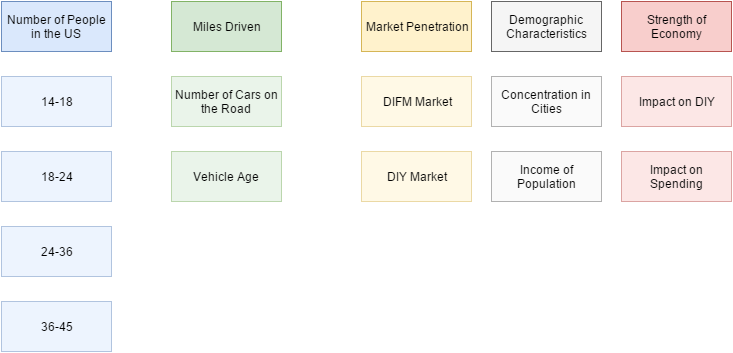
Think: people need to get around. Usage of cars (potentially) continues to increase in popularity (also need to think about transportation in cities versus rural areas and subsequently, growth in populations…potentially, income too).

Key Points of Interest
In observing Advance’s ability to execute, I’m curious of the following:
Status Quo
Macroeconomic Model for Growth
Simple Diagram which outlines the relationship between growth and inflation.
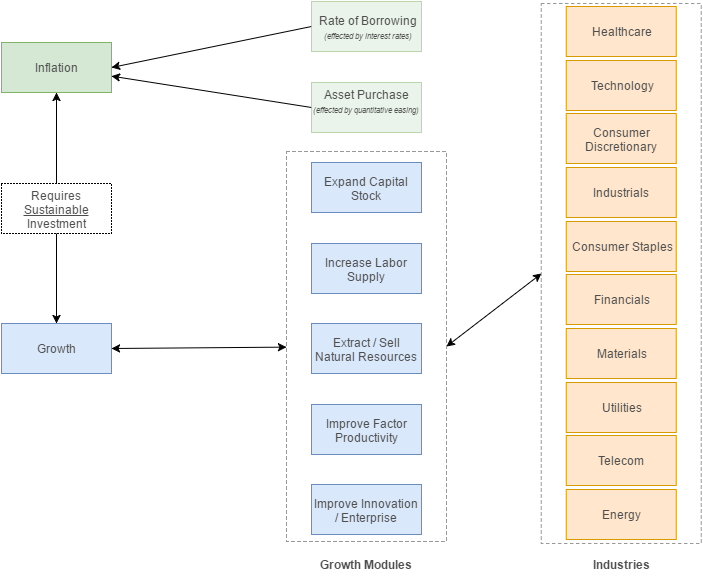
Risk Return Profiles for Various Asset Classes
Once we develop an understanding for trends in macroeconomic environments, we can begin to select which asset classes to diversify in to. In general, investors should be compensated marginal returns for marginal risk assumed.
[pdf-embedder url=”/xls/Theorems/Risk%20Return%20Profiles.pdf”]
Assessing Risk
Risk compensation is determined by our degrees of understanding with an important emphasis on truth versus belief. The more we cannot assess, the higher degree of risk we take on (and theoretically, higher degrees of return). As such, contemplate the returns of the following asset classes:
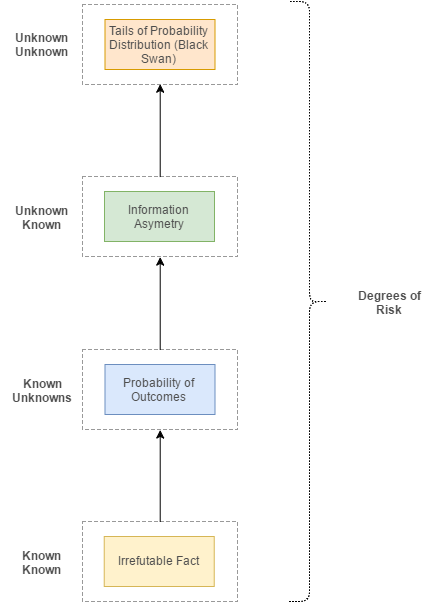
Assessing Market Opportunity
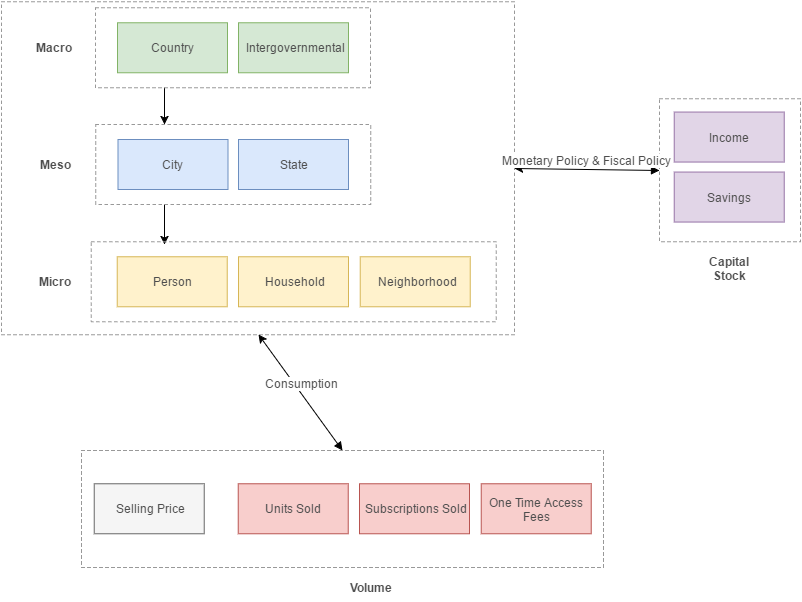
Resource Market
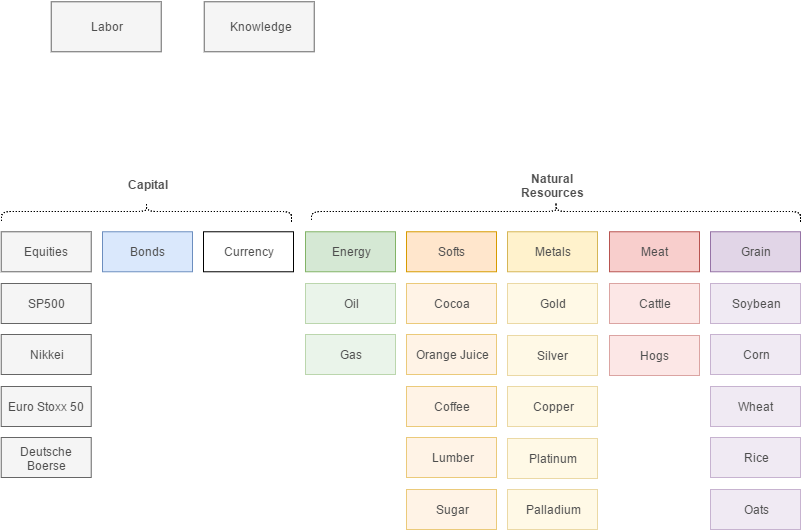
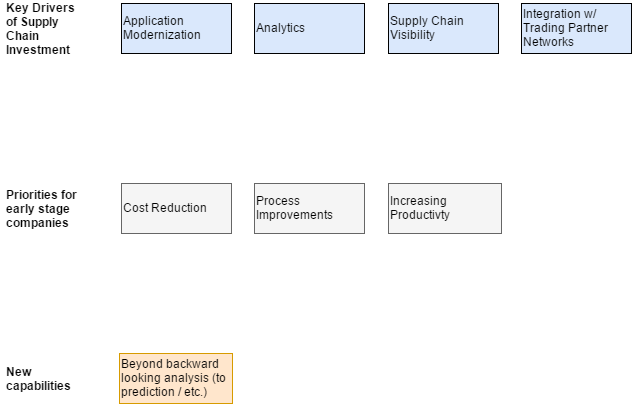
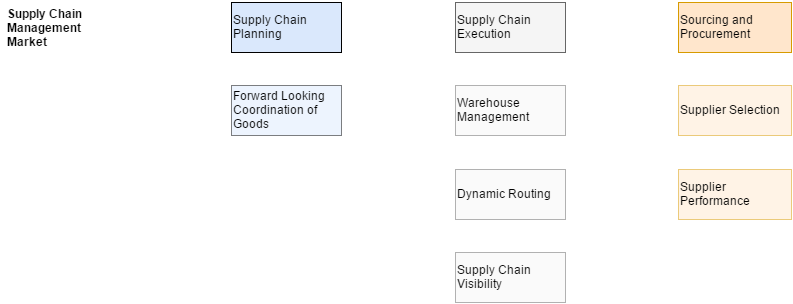
Question (Brent Bracelin Pacific Crest Securities – Analyst): I just want to drill down there a little bit. What question can you answer that I can’t get Microsoft, PowerBI try to answer, you got to get a concrete example of that.
Response (Francois Ajenstat Tableau Software, Inc. – VP of Product Development): So, a good concrete example, let’s say you want to look at your year-over-year difference in sales, very simple question, what is the difference this year compared to last year? In Tableau, that’s a three second solution. Three clicks, you’re done. And PowerBuoy or even tools like Qlik, you’ll have the right code, you’ll write complex calculations that would get you there. Which means, in order to do that, very few people, only specialists can do it, where what we want to do is expand the opportunities for the number of people that can do that. It’s a very simple question, right. Even in a running sum. What’s our running sum of sales this quarter. Really simple question. Extremely hard to do in any other tool. Three clicks in Tableau.
I had the opportunity to spend part of the weekend with my family, and a major concept involved reiterating to my younger brother the importance of knowing what’s going on in the world. For the most part, this encapsulated having a solid foundation of both history and relevant macro trends / drivers in society; but taken literally, I’d asked myself the same question: what are * most people * interested in at any given time?
While not a project top of mind, currently, it will be interesting to assess, over time, the most popular trends on the following platforms:
More to come in the future.
Principle 1
Organizing information in a single, (visually accessible) flat plane
The normal human mind operates largely on a high level of conceptual thinking, rather than concerning itself with myriad, low-level details…We are conscious of the whole and not the parts that make it up…It seems plausible that evolution could have honed our brains to work in this manner. For example, rather than obsessing over every little detail of a lion’s face, like the tint of each hair, our brain quickly surmises that –boom! – this is a predator and we need to react, fast.
Principle 2
Establishing a single system of record including:
1. Temporal navigation (how ideas grew over time)
2. Spatial organization (breadth, depth and relation of ideas)
Principle 3
Findability. Ideas embedded in images are not searchable, therefore are sub-optimal.
Other
forrest from the trees
Ochams razor
Outcome
The new economy is a marketplace of ideas and knowledge. The plane represents the sphere of information to be harvested. The blocks represent an organized system of organization. The tall “building” represents a finished good that is structurally sound and aesthetically appealing which can be sold in the marketplace.
The transition from DBaaS to SaaS to IaaS has been done out of necessity, analysts say. Amazon Web Services has grown into a $7 billion-plus annual revenue vendor focusing almost solely on IaaS. At its re:Invent conference, AWS Senior Vice President Andy Jassy practically mocked Oracle for its aggressive sales tactics and lock-in licensing. AWS is aiming directly at Oracle in its products too, releasing a database migration tool that will automatically replicate an Oracle or any other database into an AWS equivalent one. Aurora is AWS’s MySQL cloud database, which it says is now the fastest growing product in AWS history.
“From a purely competitive standpoint they need to halt customers from moving to a public cloud IaaS provider such as AWS, Azure and others,” wrote Gartner cloud analyst Sid Nag. “AWS (and others) are adding and continue to add new features, capabilities and toolsets for customers to migrate Oracle’s products, for example databases, on to AWS.” This summer Oracle’s profits slid 24%, thanks to cloud competitors. Oracle had to stem the tide.
Source: Does Oracle have a shot in the IaaS cloud market versus Amazon and Microsoft?
To construct an analogy for mining information and displaying it on digital mediums, I’ve used diamond excavation as an example.
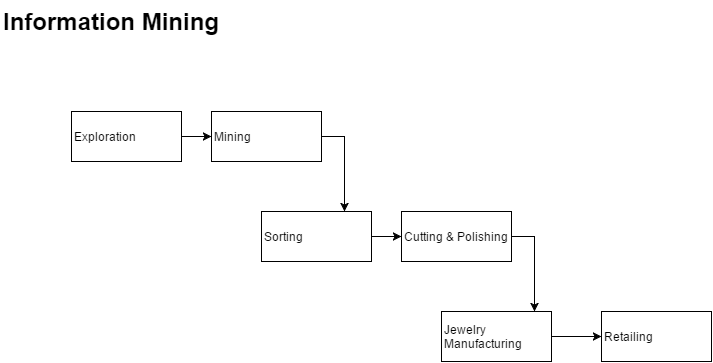
Process
Source: Swiss Gemological Laboratory